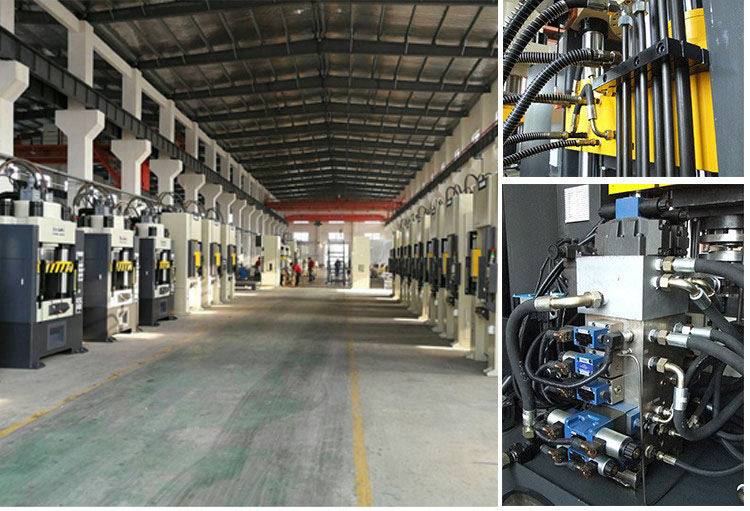Strictly control the quality of pipelines, and strictly prohibit the use of unqualified pipelines
When repairing or replacing hydraulic pipelines with new ones, carefully check the manufacturer, date, batch number, and specified service life to check whether they are defective or not. In addition, while using the pipeline, it is also necessary to frequently check whether the pipeline is worn or corroded. If the rubber hose is severely cracked, hardened or blistered during use, it should be replaced immediately.

1. Correct assembly of hose lines
In the process of installing the hose, when tightening the thread, be careful not to twist the hose, you can draw a colored line on the hose for observation; during the straight line installation of the hose, leave a length allowance of about 30% In order to meet the needs of oil temperature tension and vibration; in the place where the hose is bent, the bending radius is required to be greater than 9 times the outer diameter of the hose, and the distance from the bend to the joint of the pipe should be less than or equal to 6 times the hose's diameter. In addition, for rubber pipes, it is best not to use them in high temperature and corrosive environments; if there are many system hoses, pipe clamps should be installed for fixing or isolation with rubber pipes.
2. Correct installation of hard pipe pipelines
For the installation of hard pipe pipelines, attention should be paid to horizontal, flat and vertical, and turns should be minimized. At the same time, intersections should be avoided. The radius at the turning point should be 3-5 times larger than the outer radius of the pipe; for long pipes, standard pipes should be used for fixing. , to prevent vibration and collision; at the same time, the distance between the pipe clamps should also meet the regulations. For pipelines with relatively large vibration, a shock pad should be installed at the pipe clamps; when the installation pipeline is connected to the machine, it should be fixed first. The joints of the accessories are good, and then the pipeline is fixed to prevent the pipeline from being twisted, and it cannot be forcibly installed.
3. Correct use and maintenance, it is strictly forbidden to pollute the hydraulic system
In daily maintenance work, it is not allowed to step on or stretch the pipeline at will, and it is not allowed to hit the pipeline with metal tools to prevent mechanical damage; the hydraulic machinery or hydraulic equipment parked in the open air should be covered with a cloth to prevent Dust, rain and snow protection work, water removal, drying and rust removal should be carried out in time after rain and snow; oil and dust on the surface of the pipeline should be wiped off frequently to prevent corrosion of the pipeline; when adding oil and disassembling parts, be careful Contaminate the gate to prevent debris and moisture from being brought into the system. Also, be sure to prevent hazardous solvents and liquids from being spilled on the tubing.
4. Reduce the influence of thermal efficiency and do a good job of heat insulation and cooling
For pipelines with obvious changes in hydraulic equipment oil temperature and ambient temperature, when installing pipelines, consider thermal expansion compensation, so as to reduce the influence of thermal efficiency on pipelines; for rubber pipes in high temperature areas, insulation should be made. Thermal cooling work, so as to ensure the safe operation of the pipeline and prolong the service life of the pipeline. At the same time, in order to meet the performance requirements of the system, it should be considered to install suitable accumulators or shock absorbers in places prone to hydraulic shocks, and through hydraulic components with buffer devices, the pulsating hydraulic pressure is weakened to prevent it from producing hydraulic shocks.
Oil leakage of hydraulic presses is mainly caused by insufficient pipeline quality, non-compliant pipeline installation, pipeline aging or pollution. When carrying out hydraulic press machine maintenance, it is also necessary to start from these aspects. At the same time, check the rationality of the pipeline installation in time, use the maintenance pipeline correctly, control the pollution of the pipeline from various pollution sources, and completely solve the oil leakage problem of the hydraulic press machine from the source.


 +86-769-8306-1993
+86-769-8306-1993
 E-mail
E-mail
